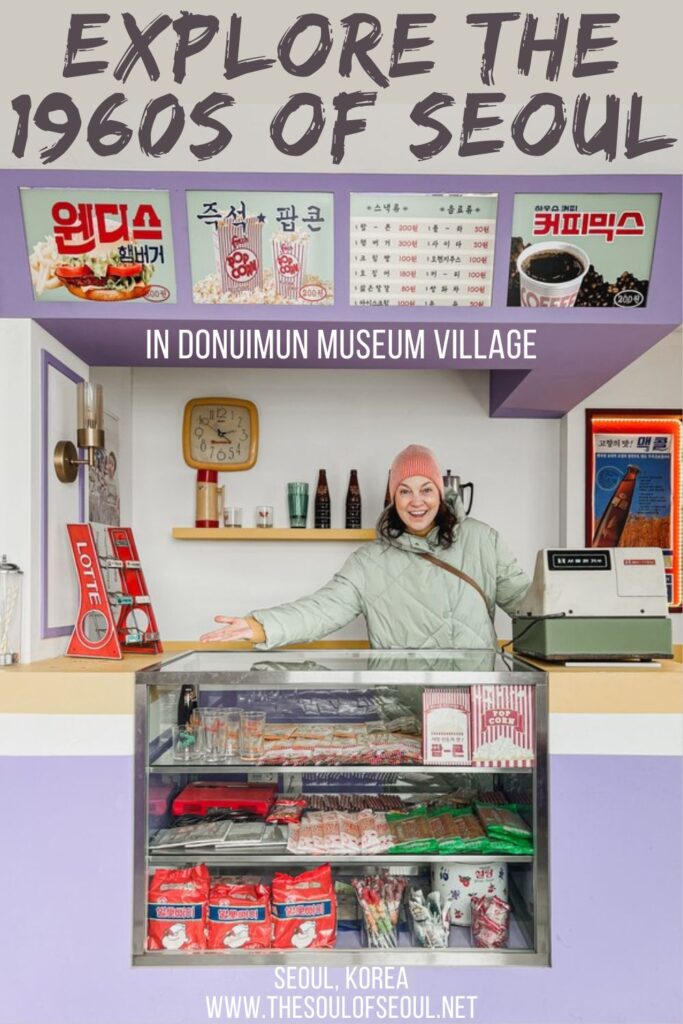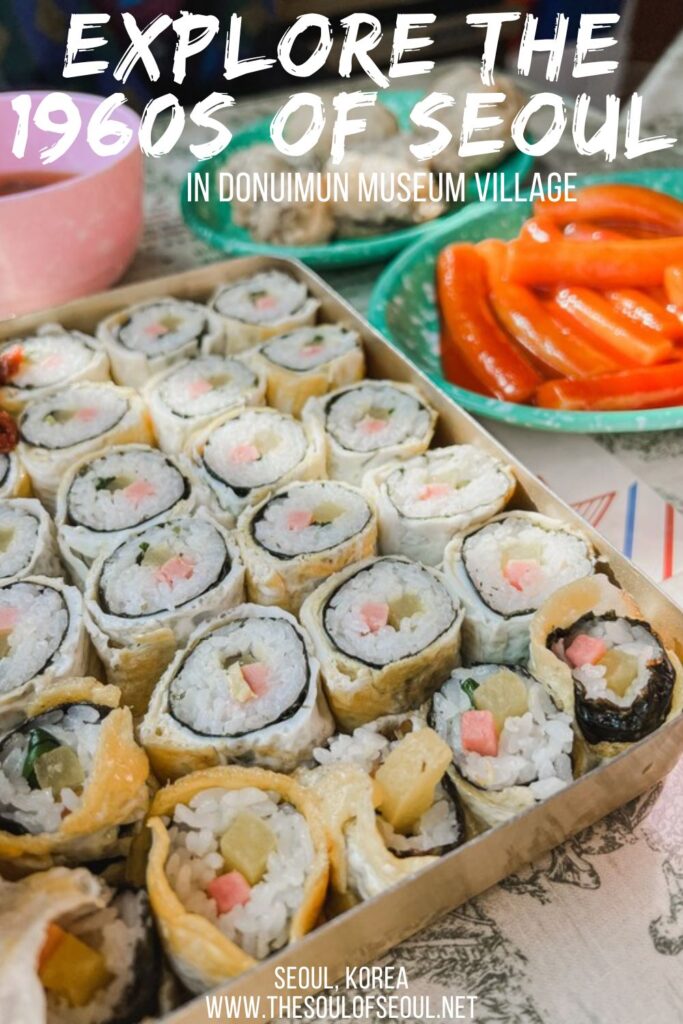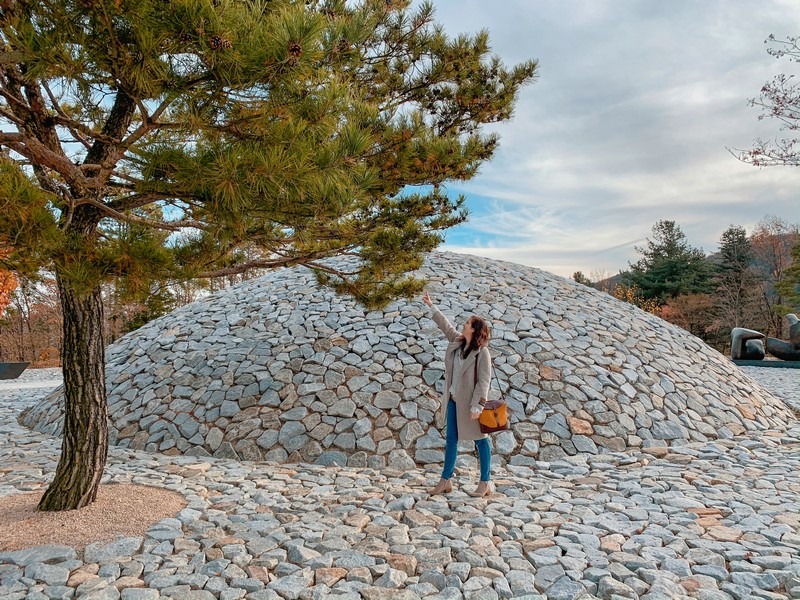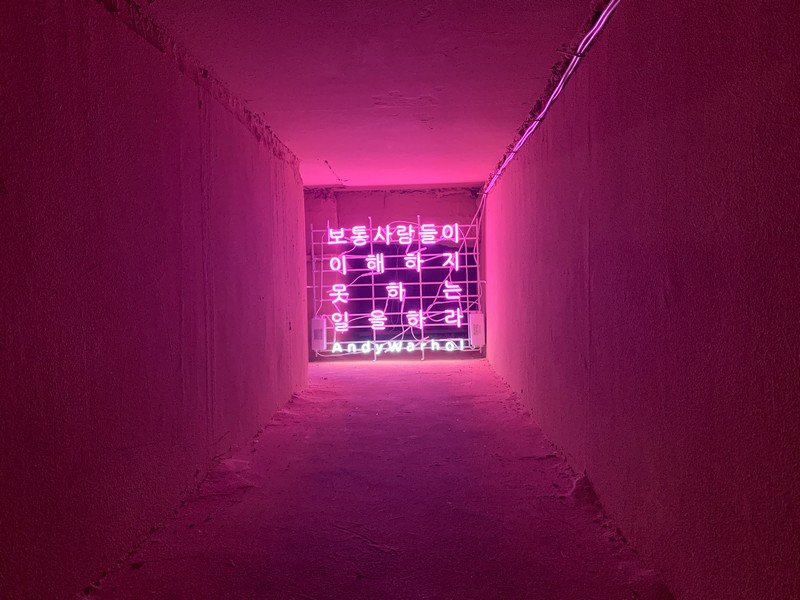Donuimun Museum Village: Explore Seoul In The 1960s
Last Updated on April 4, 2024
When people think about traveling back in time in Seoul, they often think of visiting the traditional Bukchon Hanok Village and walking down alleys still resembling time during the Joseon Dynasty. There’s another historical village area that you can visit though called the Donuimun Museum Village (돈의문박물관마을). This historical neighborhood will have you picturing Seoul in the 1960s, 1970s, and 1980s. Visit living museum spaces, eat lunch, and experience the nostalgia of the period.

Visit this historical village in the heart of Seoul:
(This post contains affiliate links, which means I receive a certain percentage of a sale if you purchase after clicking at no cost to you. Thank you for your support.)
How To Get There
Address: 14-3 Songwol-gil, Jongno-gu, Seoul (서울특별시 종로구 송월길 14-3)
Directions: Head to Seodaemun Subway Station and head out of exit 4 and it’s about a 5 minute walk. Or, head to Gwanghwamun Subway Station and go out of exit 7 for about 10 minutes and you’ll come to the village.

Basic Info
Admission: Free
Days: Closed Mondays and January 1st
Hours: 10:00am ~ 7:00pm
Website: https://dmvillage.info
What To Know
Donuimun Museum Village is where Saemunan Village, the first neighborhood within the western gate of Hayangdoseong, the Seoul City Wall, originally stood. Saemunan Village was filled with restaurants for office workers in the nearby buildings. Located just next to Gyeonghuigung Palace, the neighborhood was going to be turned into a park but was recognized as an historic neighborhood so it was regenerated into a museum village for urban rehabilitation.
With the original buildings that were left as untouched as possible, there are both urban style Hanoks, and more modern structures to walk through.

A Brief History
Donuimun was the main gate of the city wall in the west when it was first built in 1396. Under Japanese rule, Donuimun was demolished to expand the roads in the area and was never rebuilt. If you plan to walk along the Seoul Fortress Wall today, there are quite a few gates still standing that you can see, but like here, not all of them exist today.
The area became homes and schools for a time before the schools moved to Gangnam and the homes became restaurants for the nearby workers and that is the part of the history that you’ll be able to visit now in this living museum village in Seoul.


Today
I’ve already mentioned what you should know about the village and below you can find out what you see in Donuimun Museum Village, but there’s more. People can and do walk right by not realizing they should walk up the steps and see the village behind the main building walls. It’s quiet and nice but also, they decorate the area during the holidays.
You’ll find Christmas lights in the winter and there was a big rabbit with the moon for the Lunar New Year this year. Visit throughout the year to see some beautiful installations and the exterior light show in the courtyard area. They also host performances and events to look forward to.
What To See
The concept of the Donuimun Museum Village is “100 years of Seoul, time travel playground in the city” and that’s what you’ll feel as you walk down the alleys of this nostalgic neighborhood.
Whichever direct you arrive at the village from, take a look around and you’ll see a map. There are multiple maps posted to show where you are and what you can see. Stop into the Information Center to pick up a paper map if you’d like one as well. The buildings are numbered so just follow them in order and you’ll make sure you see everything there is to see. Feel free to push on doors, open them up and see what’s inside. All of the buildings here are open to visitors.

Village Yard (마을마당)
You’ll find the Information Center here as well as tables and chairs to take a seat and enjoy the show. There’s a light show that projects onto the building which is fun to watch. You can also find installations set up here seasonally for the holidays and performances.



Donuimun History Museum (돈의문역사관)
This cultural space was created by joining old restaurant buildings together. Learn about the roads, architecture, the people that once lived in the area and see dioramas of the area then and now. You can also find historic remains of the Gyeonghuigung Palace Wall that has been excavated and is now preserved. This is a good place to start to learn about the area you’ll be walking through after you go to the Village Yard and Information Center.
House of Three Generations (삼대가옥)
An exhibition hall devoted to Bang Jeong-hwan (방정환) who created ‘Children’s Day’ along with other children’s activists. Under Japanese colonization, children were seen as belongings of the household and useful for the labor force. Bang saw children as naive and innocent and members of the family that should be protected.
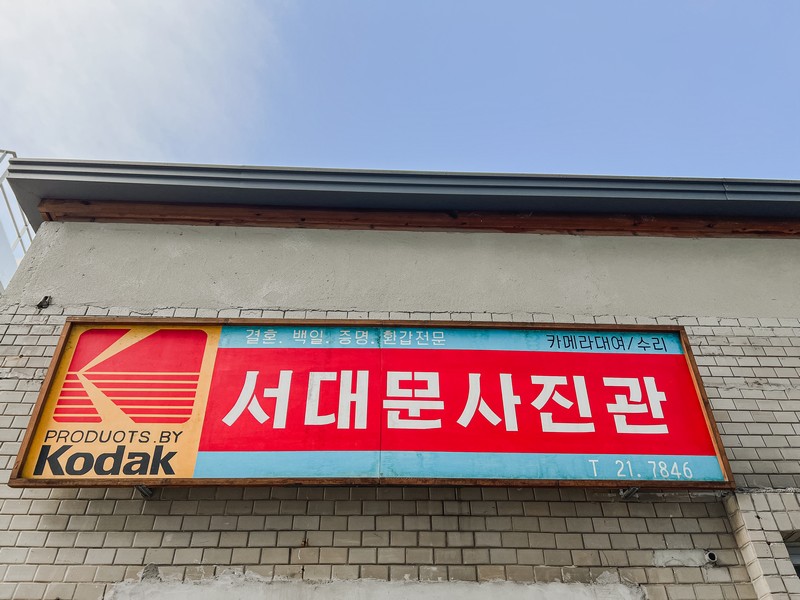


Seodaemun Photo Studio (서대문사진관)
A fun stop to see decorated like a wedding hall photo studio from the 1980s, you can take a picture inside if you want too. Retro photos hang on the walls and modern versions of retro photos too.

Donuimun Game Room (돈의문콤퓨타게임장)
One of the busiest spots in town, you’ll find a lot of the families spending some time in here as parents teach their kids to use the retro game machines. Enjoy the games in this arcade for FREE. There are some great classics in there. Even if you don’t want have kids to teach, you’ll want to sit down and play some on your own.
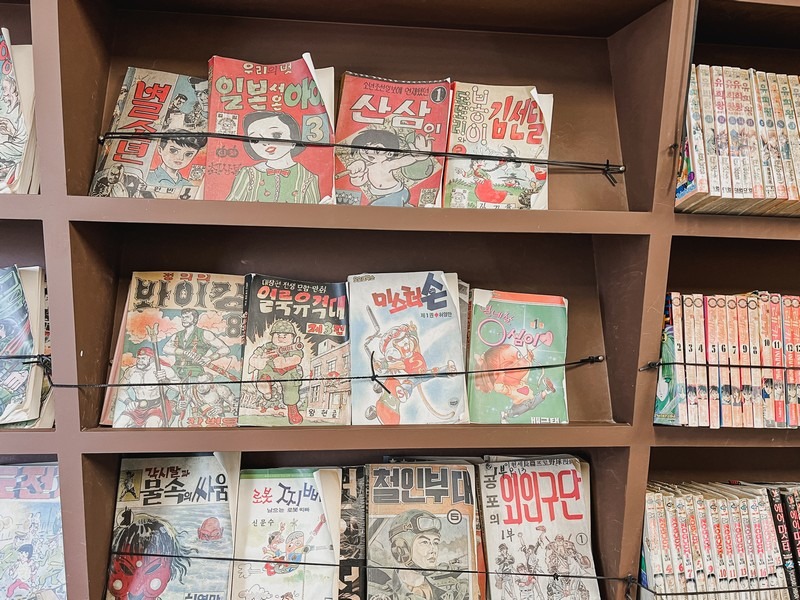
Saemunan Comic Book Store (새문안만화방)
If you like comic books, head up to the comic book store and find one to read. Take a seat in the lounge and pick a comic book from the wall. There are some great old gems to enjoy and you can take your time doing it… if you can read Korean.


Saemunan Theater (새문안극장)
An awesome reinterpretation of a movie theater in the 1960s, step inside to learn about some historical films. Then head upstairs to take some photos in the retro snack stand before stepping in to watch a flick in the intimate theater space.

Samgeori Barbershop (삼거리이용원)
Step into this old-timey barber shop that is straight from the 1960s and 1970s. If you visit at the right time, you can even get an actual haircut here. Even if you don’t want to get a trim, step in and check out the wall decor.

F.W. Schofield Memorial
An interesting little museum in the village is dedicated to Frank W. Schofield, a foreigner who played an important role in the March 1st Movement of Independence in Korea. Schofield came to Korea in 1916 as a professor of the Severance Medical School and was who helped informed people abroad about what was happening in Korea in the fight against Japanese rule.
He took pictures and wrote reports on the Suchon-ri and Jean-ri massacres helping to expose the atrocities perpetrated by Japan in Korea.
Because of his role, he was forcibly repatriated to Canada in 1920. Because of his role, he received the Republic of Korea Medal of National Foundation and he was even buried in the National Cemetery in Korea, as requested in his will.

Seoul Center for Architecture and Urbanism (서울도시건축센터)
If you’re more interested in the architecture, head here to take a look at the professional archives of Seoul City Architecture. There are also magazines and books related to the topic and they host various events as well so you might be surprised what you can find inside.
Where To Eat
Seogung Gallery and Cafe
If you’re looking for a simple coffee and a snack, then this is the spot for you.

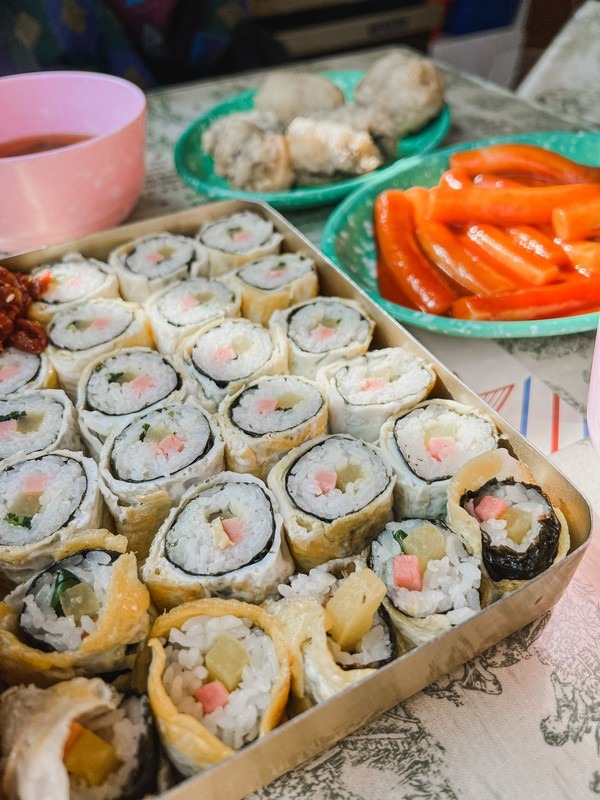
Snack Bar for School (학교앞분식)
If you’re hungry, definitely stop into the Snack Bar for School for some great “after school” fare of tteokbokki, kimbab, and dumplings. The space has some cool retro vibes and some women who cook up some good simple eats.
If you like finding the little historical areas of Seoul, then check out this little area and see what you can see.
Did you like this post? Pin IT!
